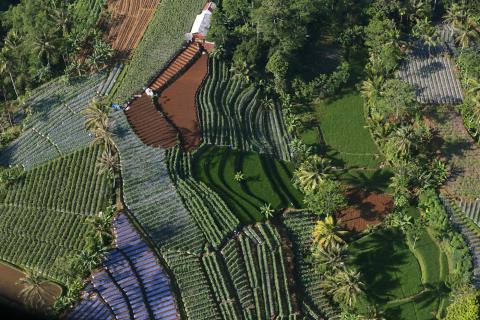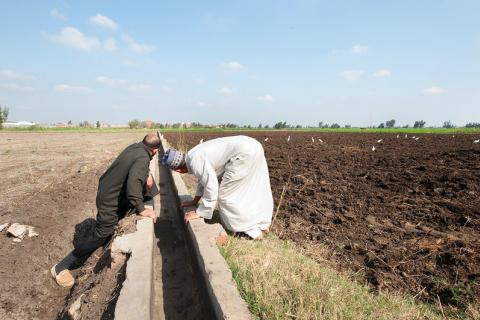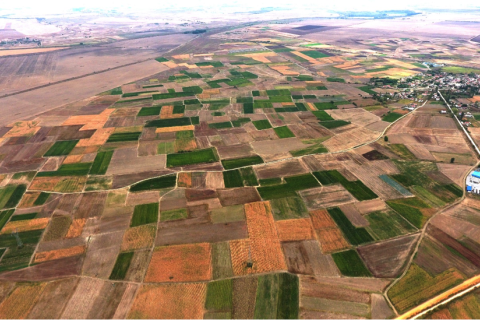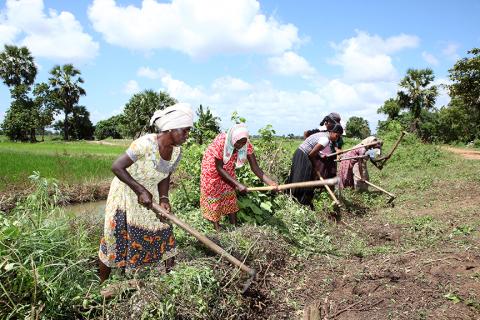A Growing Momentum to Promote Youth Land Rights in Tanzania
Tanzania’s youth population (defined as women and men between the ages of 15 and 35) constitutes about 35% of the country’s population. In Tanzania, youth engagement in agriculture is considered vital, given that youth form the largest part of the population and labour force in the country.
The Global Land Rush, Revisited
When the US housing bubble burst in late 2008, it dragged major banks into liquidation and destabilised financial systems worldwide. A long, era-defining recession ensued, ushering bank bailouts, currency crises and austerity measures. Meanwhile, China’s skyrocketing industrial production was shifting global economic power.
Land rights for small producers: a critical solution to the world's food systems
Our food systems are in urgent need of transformation, as humanity faces one of our biggest challenges yet; feeding a future population of 10 billion people with safe and nutritious food while keeping a healthy planet. Our food system has the power to tip the scales and transform the future of our planet and humankind.
What is lacking in Nepal’s land reform initiative?
Although land reform has been a priority area of the government, land use planning has always remained under the shadow of revenue collection and land distribution.
RVO and FAO Round Table on Land Consolidation in the Arab World: Experiences from Egypt, Morocco, Sudan and Tunisia
What are the state-of-the-art and new approaches to land consolidation as part of integrated rural development strategies in North Africa and Near East? That was the main question around which several experts from Egypt, Morocco, Sudan, Tunisia, and Turkey joined the FAO/ RVO roundtable discussion on land consolidation during the Second Arab Land Conference last February; a session which 110 participants attended – both in person and online.
Land consolidation or…. can land markets solve land fragmentation?
It happened on the 29th of January 2020 in Bitola in North Macedonia. More than 200 landowners from Egri village gathered in Bitola’s theatre, taking turns to vote on the Land Consolidation Plan. The serious faces of men and women, old and young, were a sign that they may have been as nervous as we were ourselves. The voting on the first majority based land consolidation ever in the country was coming to an end. And then the result was there….. 83% in favour of land consolidation! The villagers were cheering. Our team was overwhelmed by emotion.
Do we really want peasants?
The debate on agriculture and development is heated and, apparently, never ending. This is especially true of the role and position of peasant (or smallholder) agriculture, with people either vigorously defending the sector or saying that in time it will (and should) disappear. Prof. Olivier de Schutter is a clear exponent of the former line of thought, as is evident from his contribution ‘We want peasants’ on Land Portal (26 September, 2018).
We want peasants
This week in Geneva, the Human Rights Council is expected to take a position on the follow-up to a draft Declaration on the Rights of Peasants and Other Persons Working in Rural Areas. Five years after the start of the negotiations, we are at a turning point.










